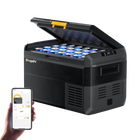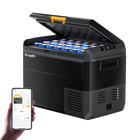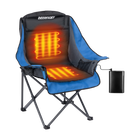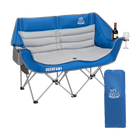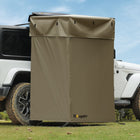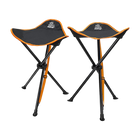A Quick Guide for CIGS Solar Panel Installation
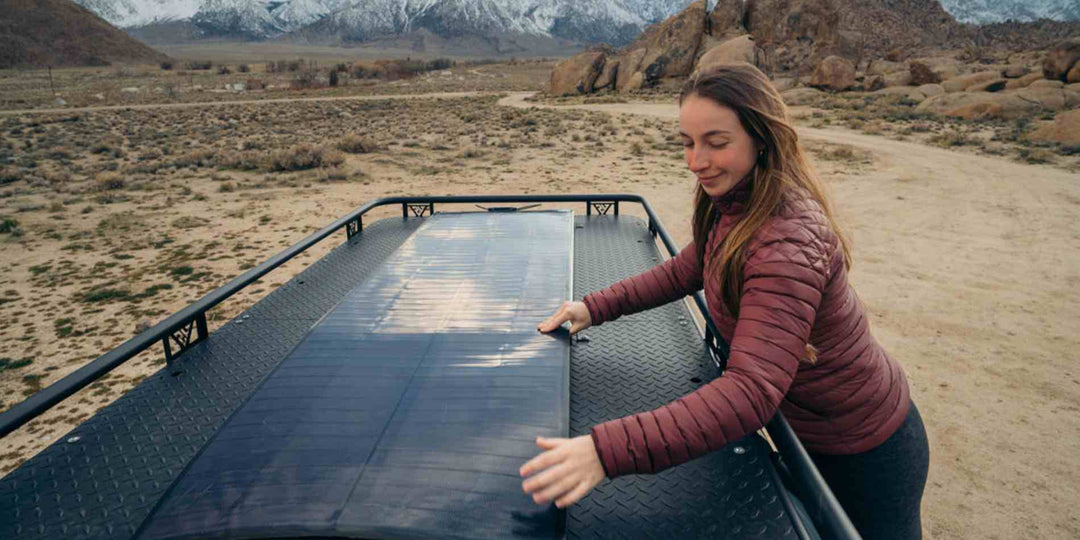
With record lab efficiencies of 23.4%, CIGS solar cells are one of the most prominent solar panel technologies. The other two solar panel types are monocrystalline and polycrystalline solar panels. CIGS has a direct bandgap and a high absorption coefficient. Sunlight absorption efficiency can be achieved in CIGS layers as thin as 1 micron, which is 100 times thinner than a crystalline silicon solar cell.
Among the advantages of CIGS solar cells are:
· High absorption of sunlight: Because this direct-bandgap material absorbs a large portion of the solar spectrum, it achieves the highest efficiency of any thin-film technology.
· More Power: CIGS solar panels can absorb more light in the early morning hours and the late afternoon hours. This gives more power compared to other types of solar panels.
- Flexible and lightweight: CIGS panels use very less material to be very thin and can be made on a flexible plastic material. Therefore, CIGS solar panels by BougeRV are 360 degrees flexible and rollable to carry it.
- Easy to install: Flexible CIGS solar panels are very easy and cost-effective to install on any surface. It does not require a metallic structure to fix it. That saves costs of equipment and labor.
By eliminating contractors from the equation, you can save a sizable sum of money while also taking satisfaction in your own work by installing solar panels on your own. However, learning how to install solar panels can be intimidating for an aspirant solar DIYer. Be at ease! We've developed a thorough, step-by-step solar panel installation guide to assist you through each step of the solar installation process, particularly for CIGS solar panels.
In this article, we will deep dive into how to install CIGS solar panels in all outdoor and indoor situations which will give a clear idea about how easy and cost-efficient to install CIGS panels compared to rigid glass-topped crystalline panels.
Planning and Safety First
Safety should always come first because solar installation involves electrical work, possibly climbing on the roofs of vans, RVs, boats, or houses, and lifting heavy objects. Nothing is more important than your life, after all.
For information on ensuring your own and others' safety during the installation process, see the solar panel installation guide provided by the supplier/manufacturer. There may be also fine-printed lines, which if you do not follow, then you may lose the warranty benefits.
Personal Protective Equipment
Cuts, scrapes, gouges, and puncture wounds can result from solar equipment. To avoid fatigue, use proper equipment and remember to take breaks.
- At all times, wear eye protection, gloves, and closed-toe boots.
- Take off any metallic jewelry or watches.
- Take a buddy while working.
When installing a roof-mount system for a house you need to be extra cautious. You and your helpers must wear fall protection at all times.
Install roof anchors and wear a safety harness connected to the anchor whenever you are on the roof. Roof-ready boots with flat soles can help you get a firm grip on shingles, tiles, or metal. Take the rented scaffolding and/or a boom lift to make access to high places easier for people and equipment. Keep an eye out for weather conditions that could make rooftop work dangerous.
Unboxing
When your system arrives, you have 24 hours from the time of delivery to submit shipping claims to BougeRV. When your system arrives, unpack it right away to check for damage or missing parts.
Locate a clean, open area in which to unpack and inspect your equipment. Place loose parts in resealable plastic bags and label them to prevent them from becoming misplaced. Check the shipment's contents against the packing list to ensure that everything is present. If any items are missing or damaged, take photos for reference and contact Unbound Solar right away to resolve the problem.
Wiring Management
Wiring management is a critical consideration that will make your solar panel installation go more smoothly in the long run. Here are a few pointers to remember:
- Plan the wiring run ahead of time so that you don't have to cut and join wires in the middle. This causes power outages and is unsafe.
- Secure the factory wire leads in place with wire clips so they don't move in the wind or touch the roof.
- Use wire conduits that are protected from UV light from the sun and well-managed against insects and wind pressure.
CIGS and Crystalline Panels are Installed Differently
To understand better, the differences between these panels in their characteristics and in installation between CIGS panels and Crystalline panels are shown in the below table.
|
CIGS |
Crystalline Cells |
|
Flexible |
Rigid *Require a racking system to install |
|
Durable |
Breakable |
|
Lightweight |
Rigid |
|
Bonded directly to the surface |
Requires mounting hardware |
|
Aesthetically pleasing |
Clunky-looking |
For installation, the main difference to note here is that the crystalline panels require heavy metallic mounting structures or racking systems to keep it safely on the roof of any RV, cabin, on the ground in a camping area, or on the rooftop of a house. That increases complexity and cost. In the case of a tent, you cannot think of installing a crystalline solar panel on the tent since it is very heavy.
But in the case of flexible CIGS solar panels, as these panels are very light and flexible, they can be fixed on any surface. Literally any surface.
CIGS Panels are Simple to Set Up
There are no metal frames or glass in flexible CIGS solar panels. They are extremely light. As a result, these panels do not require racking systems to be installed on any surface. Another consideration is that these racking systems differ depending on the type of roofs of a property, in case you are installing on a rooftop of a house, such as tiles, shingles, ceramic slates, and metal or wooden roofs. These racking systems are costly, and selecting these racking systems is also not easy. Professional assistance from an experienced individual is required.
Flexible solar panels, on the other hand, are very simple to install on any type of roof or curved surface. It takes on the form of the surface on which it is installed, be it RV, Van, boat, car, or rooftop.

The BougeRV flexible CIGS solar panels are easy to install and almost plug and play type. The below figure shows the BougeRV flexible CIGS solar panel. In the back side of the solar panels, protection tapes are there in all the sides of the panel.

The installation of CIGS solar panels is as simple in few steps.
-
Peel the protective tape first, then attach the panel to the roof or other surface as shown below.
-
From the front side of the solar panel, connect the positive and negative wires attached to the panel with the extension cables (positive and negative) with a suitable connector. Never compromise on the connector quality. Always use the recommended connector by the supplier. This is for the safety of the joints and the power loss during operation.
-
Take the connected cables to the battery charge controller through a proper conduit (PVC, aluminum, galvanized iron) if required to save the cables from wind pressure, ultraviolet light, and better cable management. If you have to drill the roof of an RV, Cabin, or boat, then use the proper sealant to make it waterproof. Ask your supplier for proper sealant.
-
After connecting the panel to the battery controller, and the controller to the battery, the solar panel is ready to use. Of course, all the appliances in the RV, Van or house have to be wired correctly with the battery system.
-
Follow all safety procedures as mentioned in the installation manual of the solar panels and the battery.

Grounding the Solar System
The electrical components of your solar system must be properly grounded. For starters, grounded electrical connections reduce the risk of shock, power surges, and static electricity buildup. Furthermore, if the circuit fails, grounding provides a safe path for fault current.
Metal components of an electrical system must be grounded, and conductive materials (metal boxes etc.) must be grounded together. The latter ensures that all of the system's equipment has the same resistance to the ground.
Begin Your Solar Panel Installation Today
We trust that this guide to installing solar panels has helped you become more familiar with each step of the installation process for CIGS solar panel systems. Although we've covered some general procedures, guidelines, and safety issues, each solar installation work is unique and has its own set of particular difficulties.
At BougeRV, we are eager to hear your specific needs, and our highly experienced professionals can provide appropriate solutions. Contact us if you have any specific inquiries about the installation of your solar system. We are committed to assisting you in selecting the ideal system for your requirements and offering support throughout the entire installation process.




































